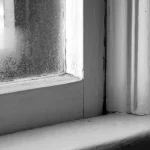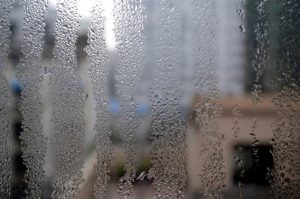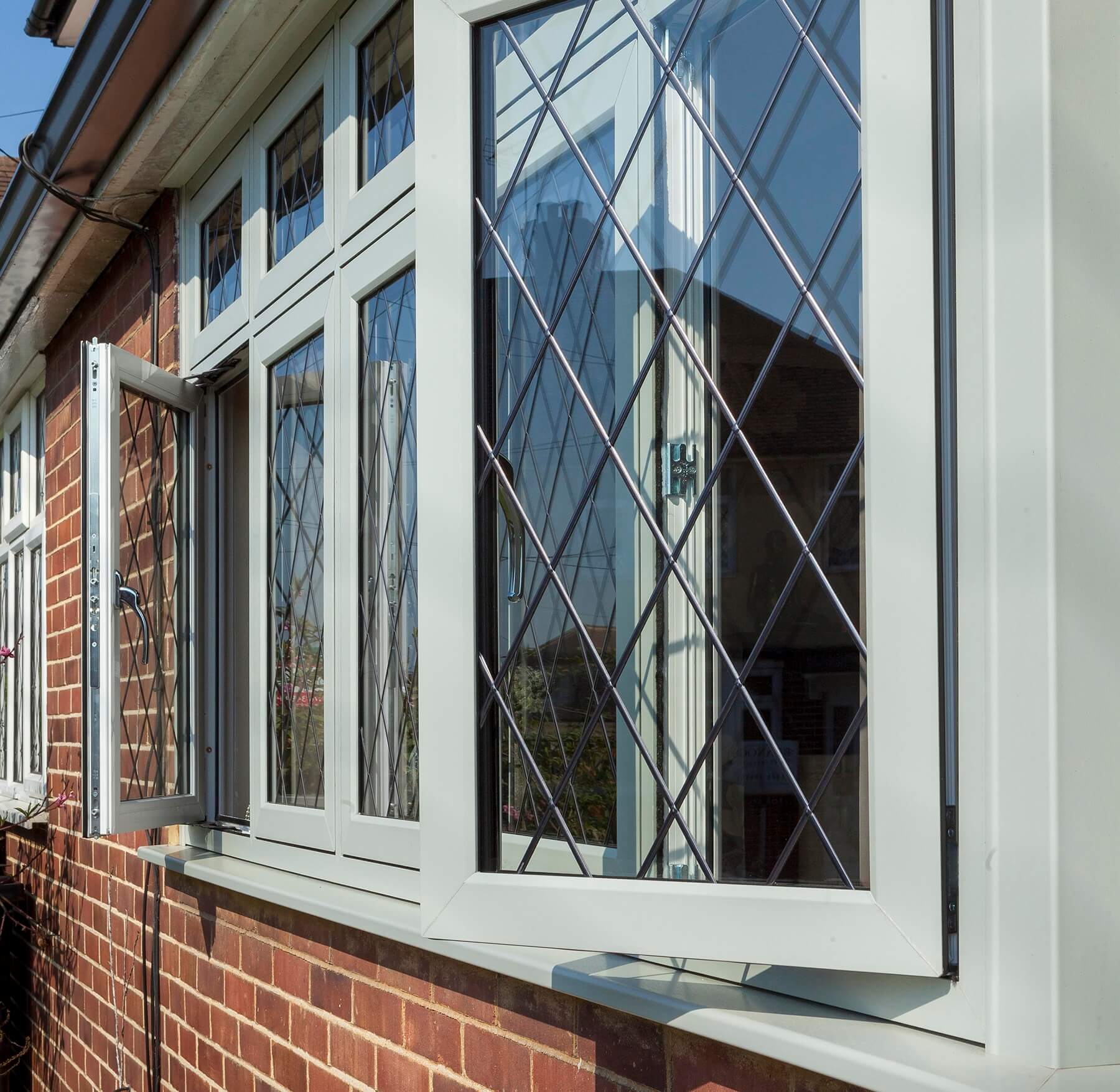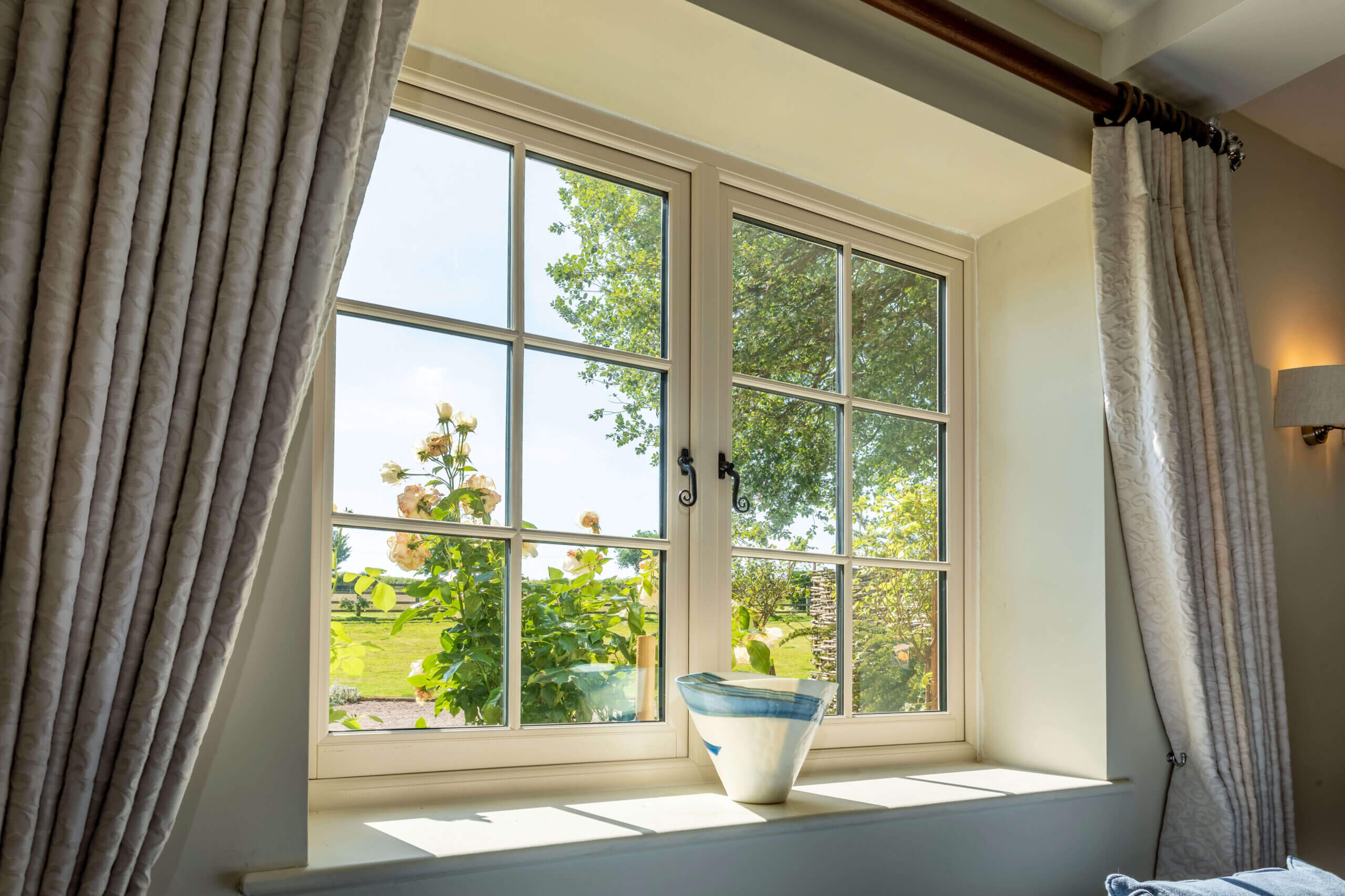Call today on:
Call today on:
01242 511384Spread the cost of home improvements with our flexible finance offers
If you’ve ever woken up to water running down your windows, you’ll know how annoying condensation can be. What is it though and is it an issue? Our Albany Windows guide will explain everything you need to know and offer you solutions to the issue.
What causes condensation?
 Condensation is caused when water vapour in the air comes into contact with a cold surface and turns into liquid. You can see it either as misted up windows or as pools of water at the bottom of your window.
Condensation is caused when water vapour in the air comes into contact with a cold surface and turns into liquid. You can see it either as misted up windows or as pools of water at the bottom of your window.
Water vapour is a common occurrence and is caused by daily activities such as showering, cooking, drying clothes indoors and even breathing. It’s often more noticeable in winter when hot baths are more popular and the heating is on.
Debunking the myths of condensation
All windows at some point will get misted up. It actually means they’re working and is not always a cause for concern. If you notice condensation on the outside of your windows, it means your windows are working as they should. The space in between your double glazing creates a barrier against cold air (or warm air in the summer) reaching the inside window pane. Therefore, in the summer your windows are keeping you cool so when the warm air hits your windows it can’t get in and condensation forms. High-quality double glazing will prevent the transfer of air between the glass panes.
Condensation can prove your windows are working
Condensation on the inside pane of your window more often than not means that the temperature inside your home is higher than outside or the air is more humid. Therefore, your windows are keeping your warmth in and not letting the cold air in. You might notice that older single glazed windows seem to suffer from condensation less. This is because they aren’t as airtight and let air pass through them. During the winter this will make your home feel draughty and lead to higher heating bills.
What can I do to get rid of condensation?
 In most cases, condensation will clear by itself. Ensure that as soon as you notice water pooling at the bottom of your window you dry and clear it away as mould can form if left too long. This can be solved by letting air circulate around your home.
In most cases, condensation will clear by itself. Ensure that as soon as you notice water pooling at the bottom of your window you dry and clear it away as mould can form if left too long. This can be solved by letting air circulate around your home.
Especially during the warmer months, open your windows when you can to let fresh air in. Even a few minutes a day can make a difference. When it’s dry outside, hang your washing out and always use ventilation fans when cooking and showering.
When should I be concerned about misted up windows?
The one time when condensation is bad news is if you notice it in between your double glazed panes. This means that your window seals have failed and are no longer weather or watertight. If you’ve noticed this, talk to one of our double glazing experts who’ll be more than happy to explain if you need the whole unit or just the glass replaced. If you’re still shivering with single glazing, talk to us about upgrading to energy-efficient double glazing that will improve your warmth, lower your bills and add an extra level of security. We can also advise on other tips to reduce condensation in your home.

Areas We Serve
Serving homeowners across Cheltenham and Gloucestershire
We’re the top local double glazing company in Gloucestershire! Based in Cheltenham, we’re ideally placed to improve homes in Gloucester, Tewkesbury, Stroud, Dursley, Yate and Cirencester.
Book an AppointmentLearn moreProfessional glazing supply and installation service
Our promise to you:
- A great price, first time, every time
- No pushy sales tactics
- Flexible low interest home improvement loans
- FENSA and TrustMark accredited window installers
- 10 year insurance backed guarantee backed by Installsure (formerly the GGFi)
Get a FREE Quote
Know what you’re looking for and just want a price? Fill out the form below and a member of the Albany Windows team will be in touch to discuss your project.


 based on over
based on over 







